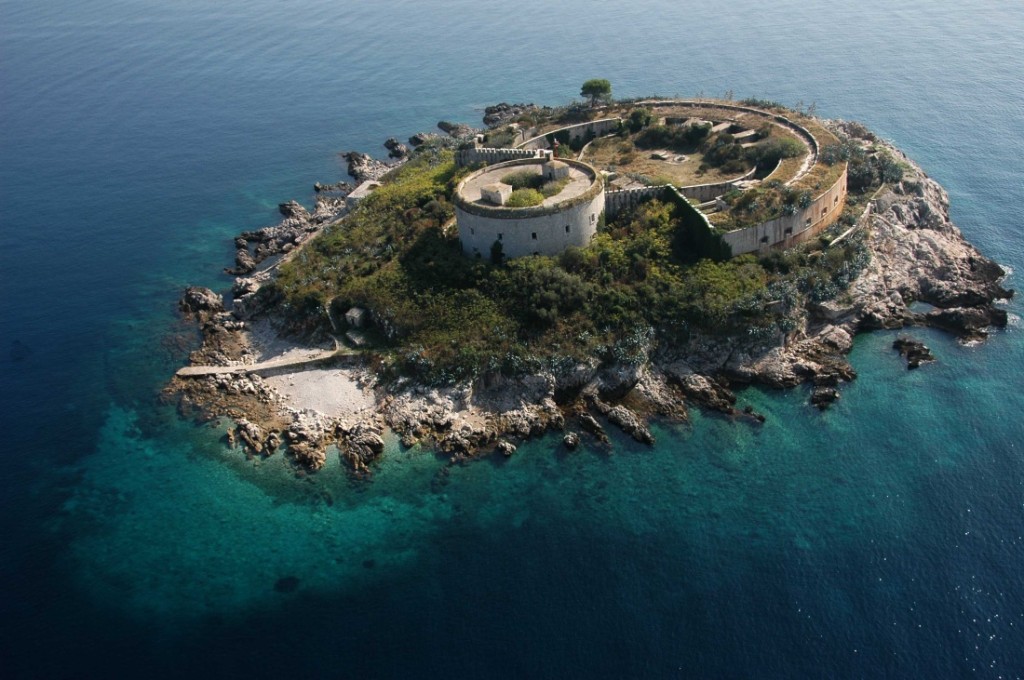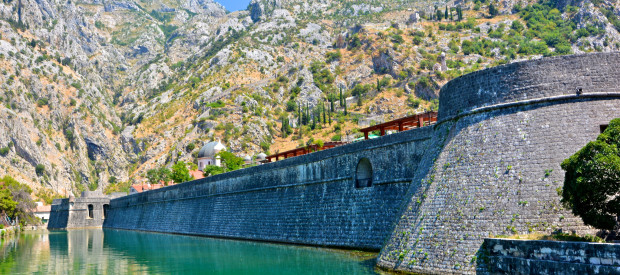
Montenegro is home to some of the oldest urban settlements on the Adriatic coastline, and, as such, a visit here offers the chance for an exciting exploration into the gripping battles, historic occupations and ancient civilizations of the past. Once home to the Illyrian tribes of the 6th century AD, and having moved through a number of ruling empires inlcuding Byzantine and Ottoman, the country boasts a wealth of beguiling sights to experience and discover. Here’s our guide to the 5 best castles and historical landmarks in Europe‘s hidden gem, Montenegro.
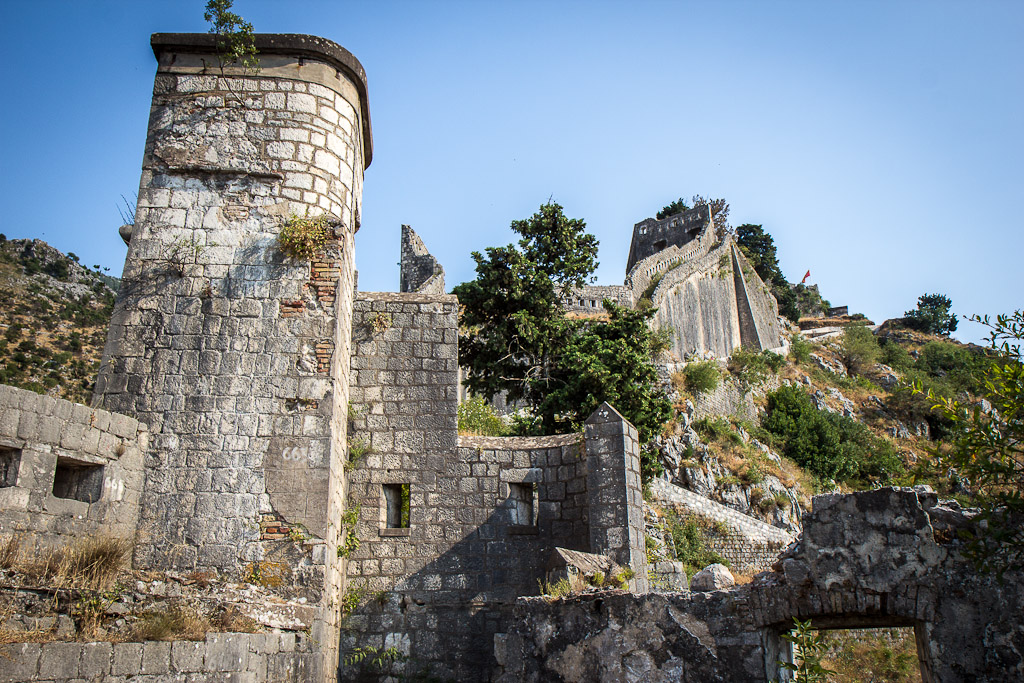
5. Kampana Tower
One of the most beautiful coastal towns in Montenegro, Kotor is a secluded historical haven boasting dramatic mountain scenery, mirror-like waters and quaint red-roofed homes dating back thousands of years. First mentioned in documentation in 168 BC, the town’s history is a compelling tale of battles, besiegement and occupation stretching from The First Bulgarian Empire to the Nemanjić dynasty. First fortified by the Byzantine emperor Justinian I, the Kampana Tower and citadel were built to protect the town from potential plunder. Here Kotor visitors can view a number of architectural wonders, including the Venetian walls and fortress and the beautiful Castle of San Giovanni. This tower and fortress were built over one thousand years by its various occupiers, from Byzantine to Venetian, and thus is an architectural mishmash of influences perfect for cultural exploring. The walk to the castle includes a whopping 1350 stairs, but the jaw-dropping views and historical intricacy are worth the trek.
Kampana Tower, Kotor, Montenegro.
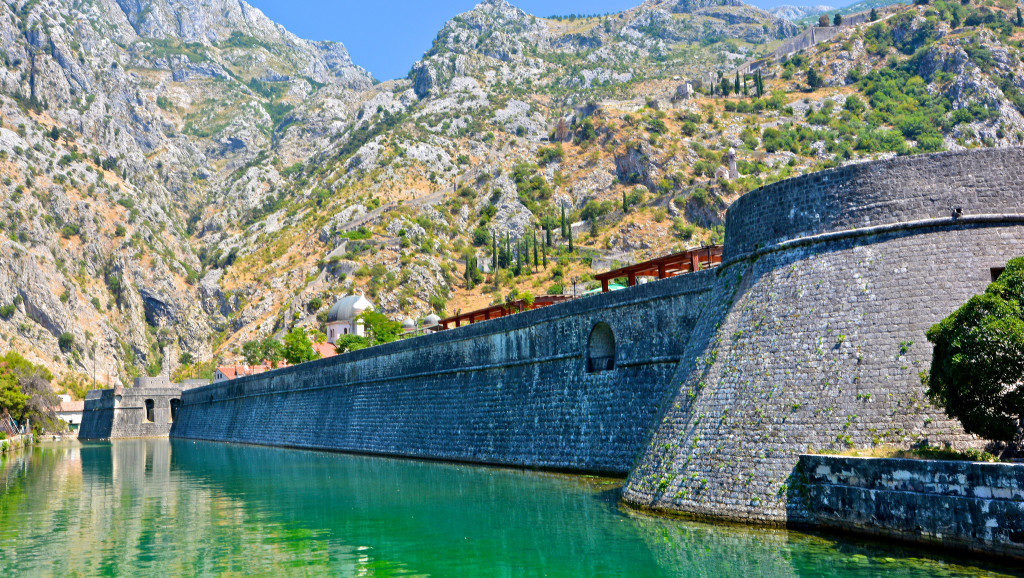
4. The Budva Citadel
Situated on the Southernmost tip of the city, The Budva Citadel is an impressive site built on the edge of a cliffside, overlooking the golden sands and glittering blue waters of the Adriatic sea. One of the oldest settlements in the Balkans, the citadel was first established in the Middle Ages under the Roman empire. With typical Roman precision and attention to detail, the rustic stone building of the main structure is attached to the rest of the city’s fortifications by an intricate system of stone walls, first designed to provide lookout points for soldiers. In 1455 Budva came under the rule of the Venetian republic, and thus fortifications were again adapted using current architectural techniques, with the intricate stone masonry evident today being a prime example of ancient Venetian design. Again switching hands during the Austro-Hungarian Empire, the citadel and its bulwarks were updated and rebuilt accordingly. A visit to the citadel is a true glimpse into Montenegro’s past, and brings to light the melange of influences that make the country what it is today.
The Budva Citadel, Budva, Montenegro.
3. Ulcinj Castle
In terms of contemporary allure, Ulcinj is known for its unique restaurant and bar scene, as well as being the home ofthe Southern Soul Festival, an intimate music festival taking place every year on the town’s sandy beachfront. For visitors wishing to explore they city’s interesting heritage as one of the oldest seaports in the Balkans, the best place to start is in Ulcinj Castle, also known as Ulcinj Old Town. This cozy and enclosed area of the city is tucked onto a small peninsula which was previously a fortified village inhabited during the Bronze Age. The ruined castle and surrounding area were once home to a number of civilizations, all of whom have again left their marks on the architecture. Demonstrating rustic examples of Cyclopean stonemasonry in its buildings, walls and citadels, a walk around the Old City is a captivating way to spend a day. Wander down the winding lanes and the narrow alleys to experience Montenegro’s past at its most picturesque.
Ulcinj Castle, Ulcinj, Montenegro.
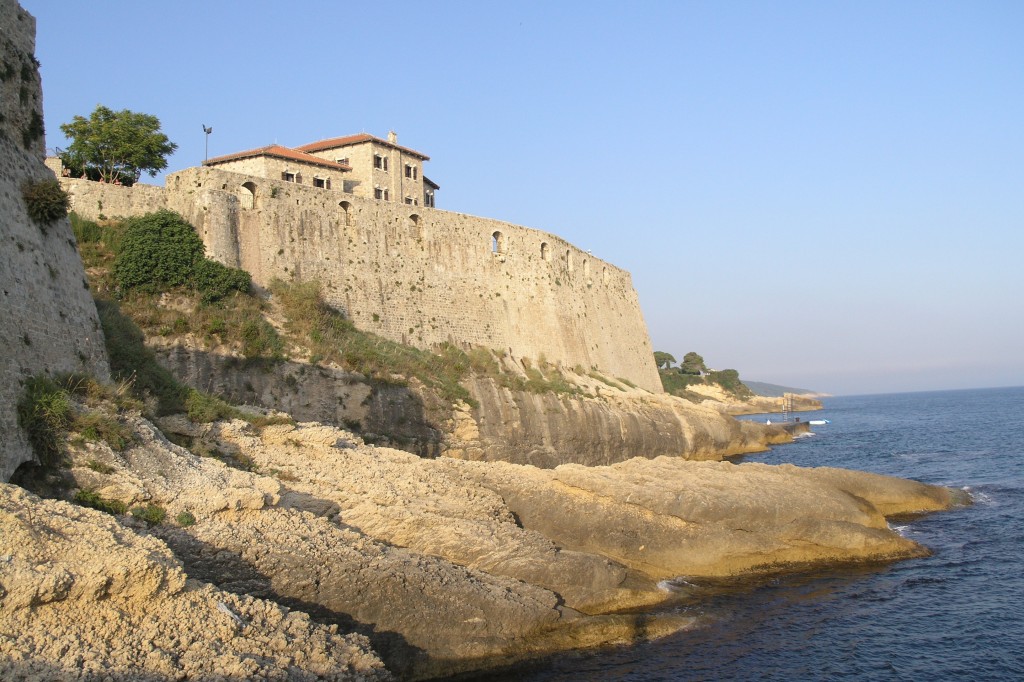
2. Stari Bar
This tiny town has experienced unbelievable amounts of drama and action, having been inhabited since the early Middle Ages and once ruled by the Byzantines, the Nemanjić dynasty, Louis I of Hungary and the Ottomans. Its ruined fortress is one of the most visually alluring sites that Montenegro has to offer, with the proud stone tower rising up against the striking backdrop of Mount Rumija. If its political turbulence wasn’t enough, Stari Bar was in 1877 the scene of a dramatic bombardment in which the Montenegrin army struggled to recover the town from its Ottoman occupiers, a challenge they eventually succeeded in after seven weeks in battle. Consequently much of the town was destroyed, with only its fortress settlement remaining. These poignant ruins, as well as the scarcely populated surrounding town, are available for exploration, and there are a few traditional cafes and restaurants nearby to fuel the historic adventures of visitors.
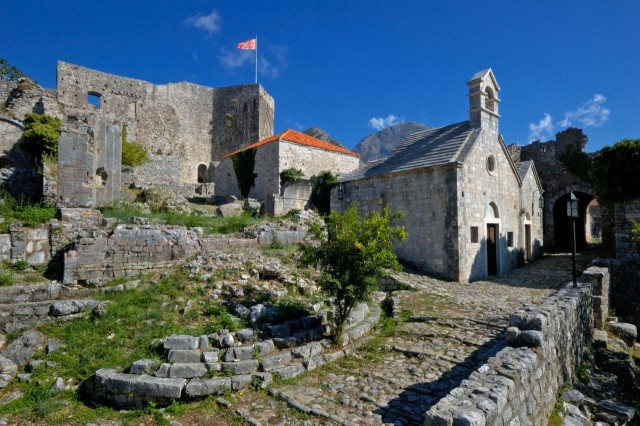
1. Mamula Fortress
Those with an interest in abandoned buildings will be captivated by the Mamula Fortress and its dark past. Located on the tiny, unhabited island of Lastavica, just off the coast of Marista, the fortress was constructed by the Austrian Admiral Lazar Mamula in 1853 in order to protect against invading ships. Due to its secluded location surrounded by sea water, the fortress was used as a prison and concentration camp during World War II by Benito Mussolini’s fascist army. With over 2000 prisoners, the camp was packed full of men, woman and children from regions such as Dalmatia and Boka, said to be enemies of the Italian occupying forces. Accesible by rowing boat, kayak or by swimming, the island makes for a dark day of exploration and is a fascinating part of Montenegro’s recent history. During the summer months there are various guided tours to the island run from the nearby town of Luštica, or from Prevlaka in Croatia.
Mamula Fortress, Lastavica, Montenegro.
